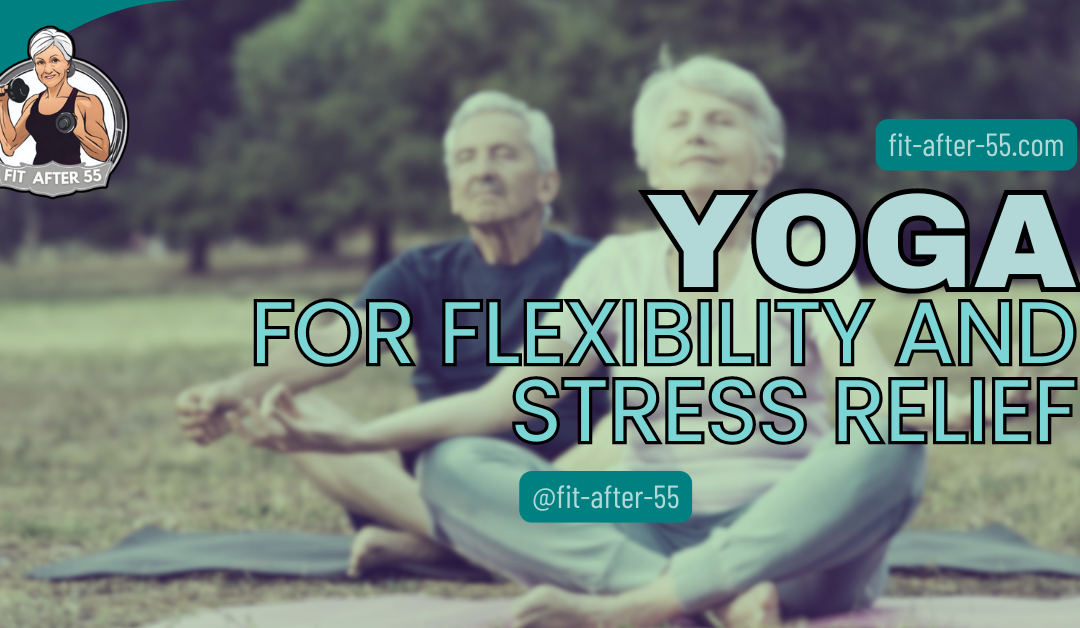Yoga for flexibility and stress relief has been a game-changer for me. I used to think that it was all about contorting into impossible shapes, but I’ve come to realize that it’s so much more than that. It’s a gentle yet powerful practice that has helped me find my inner peace and improve my physical well-being.
Yoga for Flexibility and Stress Relief: Your Path to Inner Peace and Physical Well-being
Yoga is such a powerful tool for both flexibility and stress relief. It’s not just a form of exercise; it’s a holistic approach to well-being that has stood the test of time. If you’re looking for yoga for flexibility and stress relief and trying to bend without breaking—literally and figuratively—yoga might just be what you need.
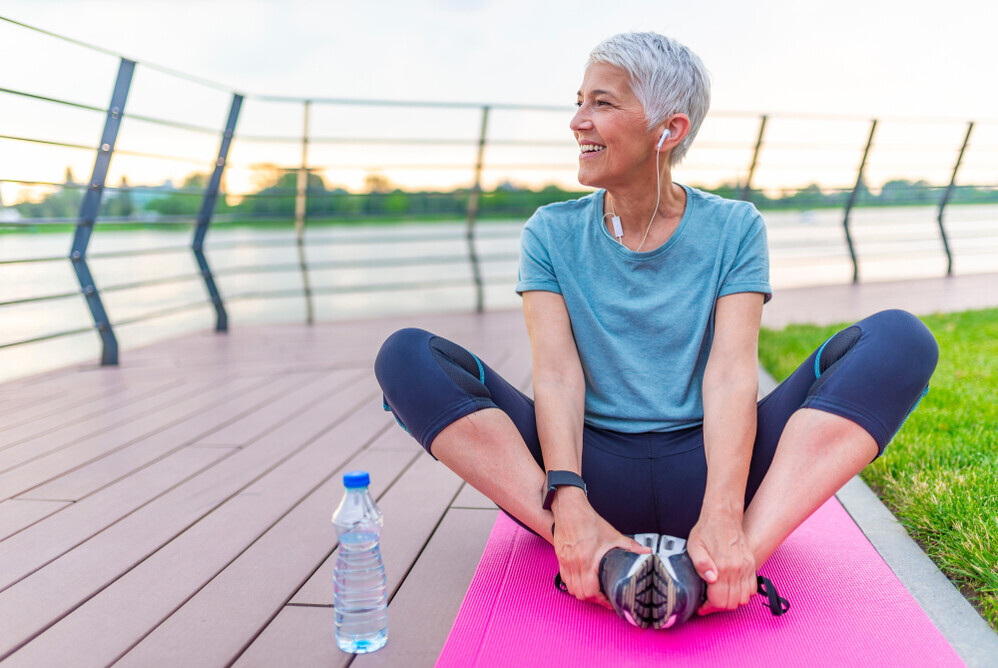
In my experience, the beauty of yoga lies in its combination of stretching, strengthening, and mindfulness practices. As you will find out, these elements work together to release tension in the body and calm the mind, making yoga a great choice for flexibility and stress relief. Various studies have backed up these claims, showing significant benefits for our health’s physical and psychological aspects.
Yoga, with its unique ability to cater to different levels of fitness and flexibility, is a practice that inspires growth. Whether you’re a seasoned athlete or someone who struggles to touch your toes, a pose, and a practice can help usher you toward your goals. And don’t worry too much about perfecting each pose right away. Yoga is a journey, and every time you step on the mat is an opportunity for growth.
Dealing with stress is another area where yoga shines. Yoga helps regulate the body’s stress response through deep breathing and mindfulness techniques. It’s like pressing a ‘pause’ button on life’s craziness, providing a space to breathe and relax. The goal is to help you develop resilience to stress, making it easier to cope with life’s ups and downs.
Now, how exactly does yoga pull this off? That’s going to include a little dive into the science behind it, looking at things like the ‘relaxation response’ and the balance of the nervous system. Understanding these concepts can help you appreciate the full capacity of yoga for flexibility and stress relief as a tool for your well-being, empowering you with knowledge about the practice.
Key Takeaways:
- Yoga is a holistic practice that benefits both physical and mental well-being. It improves flexibility, reduces stress, and promotes mindfulness.
- Starting a yoga practice is accessible to everyone. You don’t need to be extremely flexible or have prior experience to begin.
- Consistency is key to reaping the benefits of yoga. A regular practice, even if it’s just a few minutes a day, can lead to significant improvements.
The Basics of Starting Your Yoga Journey
I will explain what you need to know to get started with yoga for flexibility and stress relief. Choosing something that resonates with you is crucial, so start by picking a yoga style that appeals to your needs. There’s Hatha for beginners, Vinyasa for a bit more intensity, or Yin for deep stretching.

Incorporating yoga for flexibility and stress relief into your routine involves understanding the essential equipment you’ll need, which is pretty straightforward. A yoga mat, comfortable clothing, and a couple of blocks or a strap to help with certain poses. But don’t worry too much about gear; your body and willingness to try are the most important.
This isn’t just about doing poses; it’s also about understanding the importance of breathwork in yoga. I’ll guide you through the foundations of pranayama or breathing exercises to help your flexibility and mind. Yoga for flexibility and stress relief emphasizes that the breath is a powerful tool for relieving stress.
Setting realistic goals and expectations can make a big difference in your practice. Your first attempt doesn’t need to be your last; every session is a step forward. Remember, don’t focus too much on perfection; the journey counts.
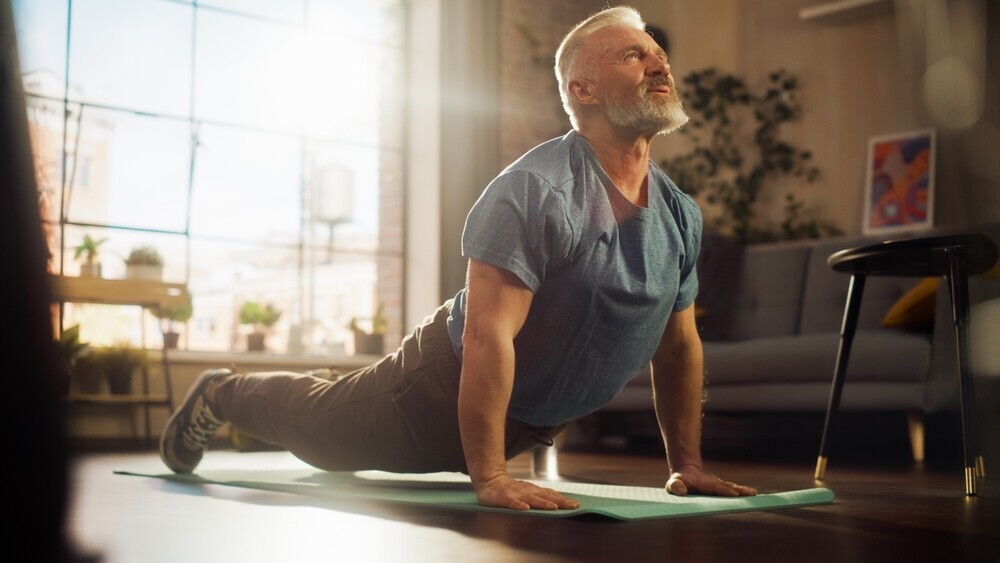
Understanding Flexibility: More Than Just Stretching
Flexibility isn’t just about touching your toes; it’s a cornerstone of overall health. From the simple act of tying your shoes to the more complex demands of sports or physical activities, flexibility plays a crucial role. It’s like having a full range of motion for your body’s “joints.”

Yoga: A Holistic Approach to Flexibility
Yoga, with its unique blend of poses and breathing techniques, offers a fantastic way to improve flexibility. It’s not just about stretching; it’s about strengthening the muscles that support your joints.
Understanding Flexibility
Think of flexibility as a combination of muscle length and joint range of motion. While factors like age, gender, and genetics can influence your flexibility, remember, it’s never too late to improve.
The Magic of Yoga Poses
Yoga poses, or asanas, combine both passive and active stretching. Passive stretches are like letting gravity do the work, while active stretches involve you moving your muscles.
- Downward Dog: Stretches your hamstrings, calves, and shoulders.
- Pigeon Pose: Opens up your hips and stretches your glutes.
A Journey, Not a Destination
Yoga is a journey, not a destination. As you progress, you’ll discover new ways to challenge yourself and deepen your practice. But always remember to prioritize proper form and breathing to ensure a safe and effective experience.
Let’s dive deeper into how yoga can help you not just improve flexibility but also find inner peace.
Customize Your Yoga Experience: Tailoring Poses for Personal Flexibility Levels
Let’s start with a secret: yoga isn’t one-size-fits-all. Customizing your practice is the key to boosting flexibility. You might be wondering how to tailor yoga poses to your own level of flexibility. The answer? It’s simpler than you think.
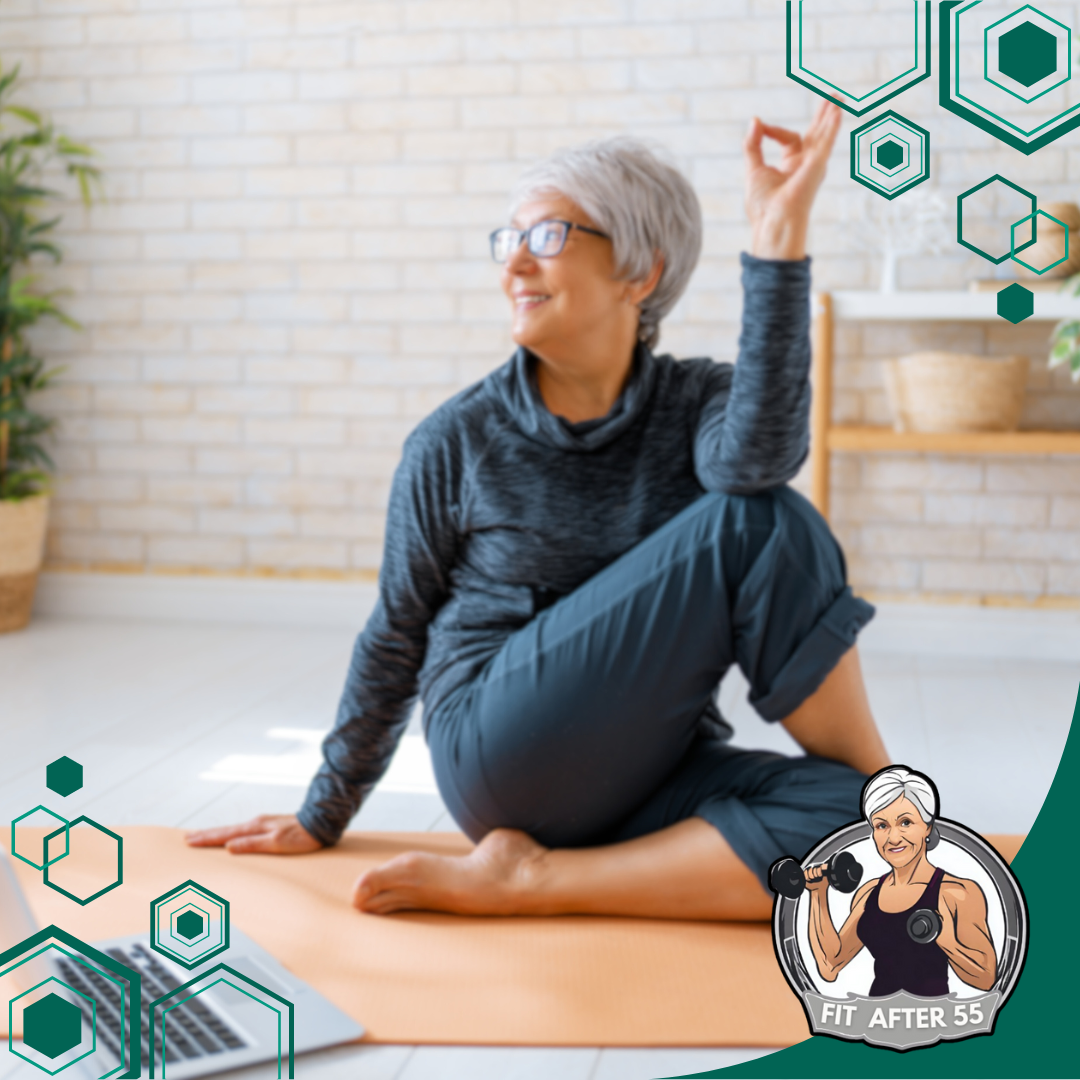
Building a Solid Foundation
If you’re starting, focus on creating a solid foundation. Choose poses that are less complex and prioritize proper form over depth. Think Baby Cobra instead of Full Cobra or a gentle Seated Forward Bend. Don’t worry too much about matching the instructor’s flexibility—honor where your body is at.
The Power of Props
I think props are the unsung heroes of a personalized yoga journey. Use blocks, straps, and cushions to modify poses, making them accessible and enjoyable. This isn’t just about comfort; it’s also about achieving the correct alignment without straining. When practicing yoga for flexibility and stress relief, props can be incredibly beneficial in achieving your goals.
Embracing New Challenges
For those of you who’ve been doing yoga for a while and feel ready for a new challenge, start incorporating advanced variations slowly. Deepen your stretches by adjusting the intensity and holding times. Introduce poses like the Pigeon or the King Dancer, but focus on your body’s signals to prevent injury.
Listening to Your Body
Yoga classes can be fast-paced, but remember, you can always adjust your approach later. The primary goal is to nurture your body, not push it to the brink. It’s crucial to listen to your body, make adjustments as needed, and most importantly, enjoy your practice.
Incorporating Mindfulness and Meditation Into Your Practice
When you think of yoga, flexibility might be the first thing that comes to mind. But there’s another equally important aspect: mindfulness and meditation. It’s about stretching your mind as much as your muscles.

The Power of Presence
Focusing on your breath and the sensations in your body is a powerful way to reduce stress and improve overall well-being. It’s like creating a mental oasis amidst the chaos of everyday life.
Starting with Meditation
Before diving into your yoga poses, try starting with a few minutes of meditation. It sets a peaceful tone and helps focus your mind on the present moment.
Don’t Worry, Be Happy
Meditation doesn’t have to be perfect. The goal is to find a practice that works for you. Whether it’s a guided meditation or simply observing your breath, a few minutes of stillness can make a world of difference.
Mindfulness in Motion
Yoga is a great way to practice mindfulness. As you move from pose to pose, focus on your breath and the sensations in your body. This helps you stay present and reduce stress.
An Adventure, Not A Parking Spot.
Remember, your yoga journey is a process. You can adjust your practice as you go, incorporating mindfulness techniques to deepen your experience.
Let’s explore some gentle yoga sequences that combine flexibility and mindfulness.
Breathing Techniques to Enhance Your Yoga Practice
In yoga, breathing is much more than a simple inhale and exhale. It’s about harnessing the power of your breath to deepen your practice and enhance stress relief. I will introduce you to some effective breathing techniques you can incorporate into your yoga routine.
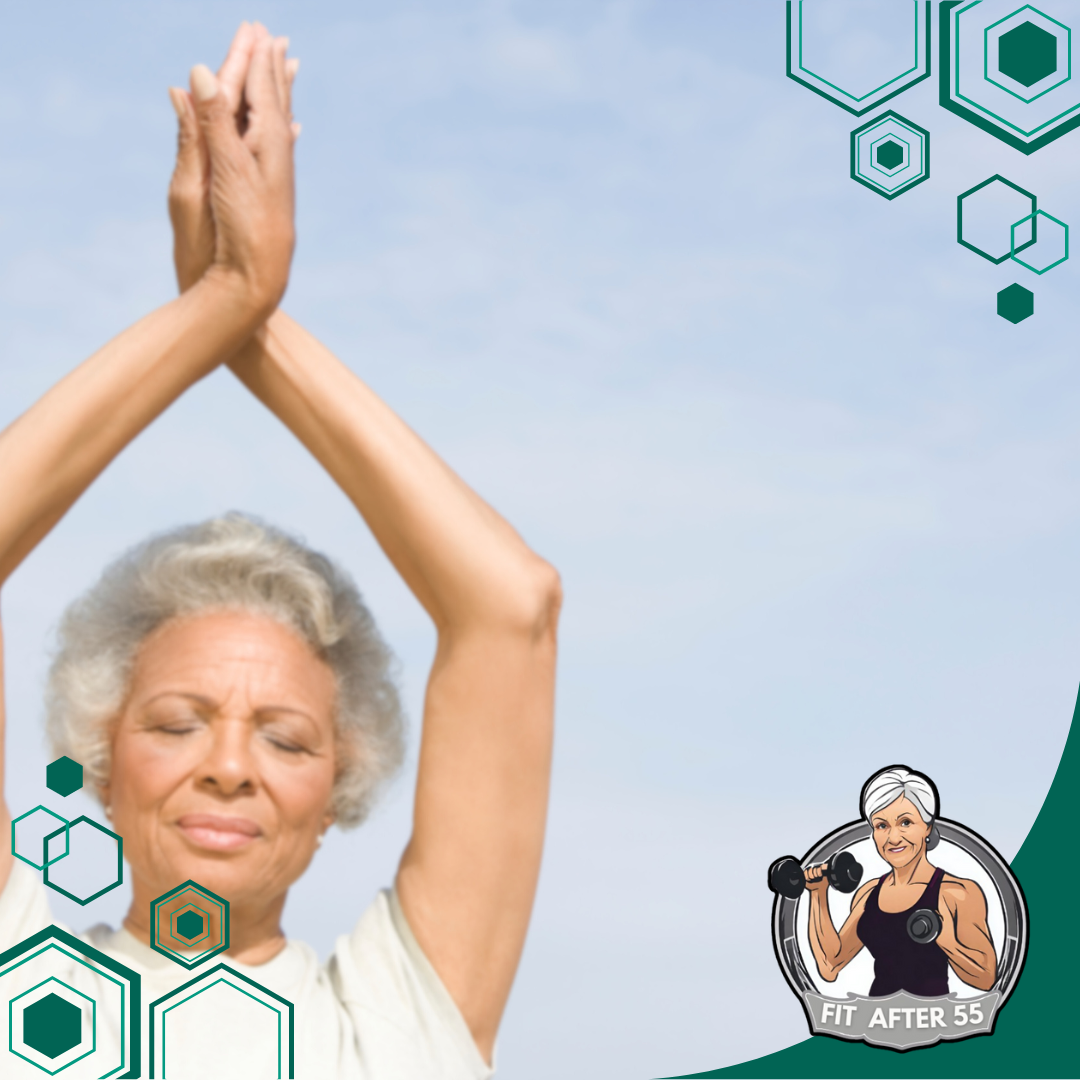
I’m sure you’re curious about this magical thing called ‘Pranayama.’ Pranayama is the yogic practice of controlling the breath, the source of our prana, or vital life force. Think of it as a tool to bring more oxygen to your blood and brain, which calms your nervous system.
Let’s talk about the ‘Ujjayi Breath,’ often called the Ocean Breath. This technique involves breathing through your nose with a slight constriction in the back of your throat. It sounds like the ocean waves and is incredibly soothing for your mind. It’s used throughout Ashtanga and Vinyasa practices to help maintain a rhythm and focus.
If you want to target stress, ‘Nadi Shodhana,’ or Alternate Nostril Breathing, could be your go-to. It involves holding one nostril closed while breathing through the other and switching. This unique technique is known to harmonize the brain’s two hemispheres, promoting a sense of balance and calm. Incorporating yoga for flexibility and stress relief into your routine can enhance these benefits.
Now, remember, these techniques are not just about stress relief; they also help to increase focus and mental clarity. Integrating them into your yoga practice can lead to profound changes both on and off the mat.
Bringing It All Together: Embrace Yoga for a More Supple and Serene You
So, you’ve learned how integrating yoga into your life can offer flexibility and stress relief. In particular, practicing yoga for flexibility and stress relief can significantly enhance your overall well-being. The journey doesn’t end here, though. Yoga is a practice, and the keyword is ‘practice.’ It invites you to keep returning to the mat, exploring, and deepening your understanding of your body and mind.
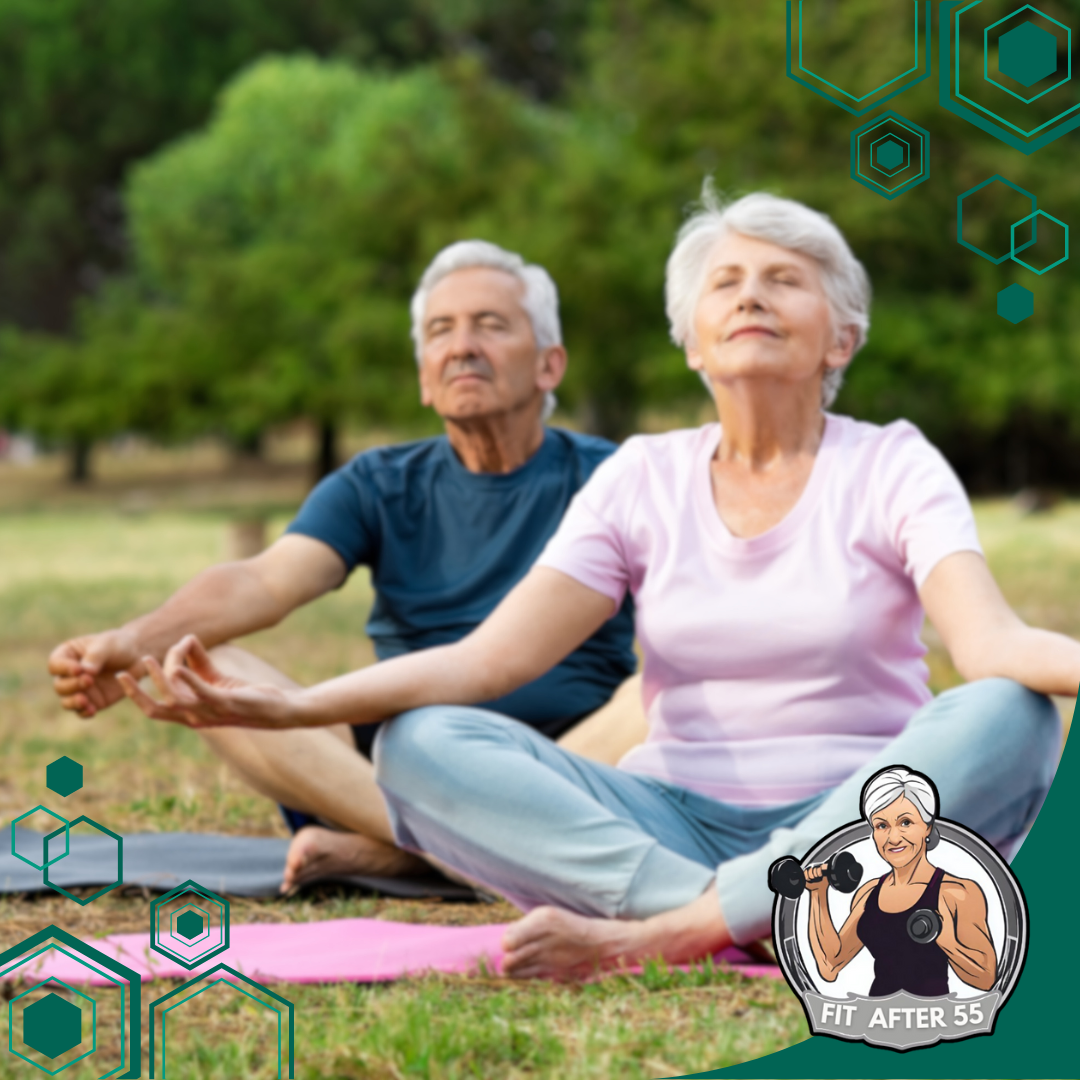
Remember, beginning slowly is just fine. Choose poses and routines that speak to you and resonate with your current level of flexibility and stress. Yoga is incredibly personal, and your yoga journey should be tailored to fit YOU.
If you ever feel discouraged, recall the benefits of yoga we discussed: better posture, improved flexibility, a calmer mind, and a sense of accomplishment. Just a little practice every day can lead to significant changes over time.
I encourage you to be patient with yourself. Results may take time, but with consistent practice, you’ll likely notice a positive shift in how you feel physically and mentally. Don’t hesitate to contact yoga communities online or local classes for support and guidance.
To conclude, yoga can be your ally in leading a balanced life, blending physical health with inner peace. Embrace the journey, and enjoy every stretch and breath along the way. Who knows? You might find a stronger, more flexible you emerging with each session.
Frequently Asked Questions
Are you curious about incorporating yoga into your routine for improved flexibility and stress relief? Whether you’re a seasoned practitioner or just starting out, these frequently asked questions will provide valuable insights. From the benefits of yoga to essential equipment and practice tips, we’ve got you covered.
What are the benefits of yoga for flexibility and stress relief?
Yoga offers a combination of physical and mental benefits. Physically, it improves flexibility, strength, and balance. Mentally, it reduces stress, anxiety, and promotes mindfulness.
Is yoga suitable for beginners?
Absolutely! Yoga is adaptable to all fitness levels. Beginners can start with gentle poses and gradually progress.
What equipment do I need for yoga?
A yoga mat is essential. You might also find blocks and a strap helpful as you progress. However, you can start with just a mat.
How often should I practice yoga to see results?
Consistency is key. Aim for at least 2-3 sessions per week to experience the benefits of yoga for flexibility and stress relief.
Fit & Fabulous After 55
Ready to embrace aging gracefully and stay fit?
Join our vibrant community at fit-after-55.com for tailored workouts, honest product reviews, and inspiring stories from fellow fitness enthusiasts.
Connect with like-minded individuals on Facebook and share your journey together.

